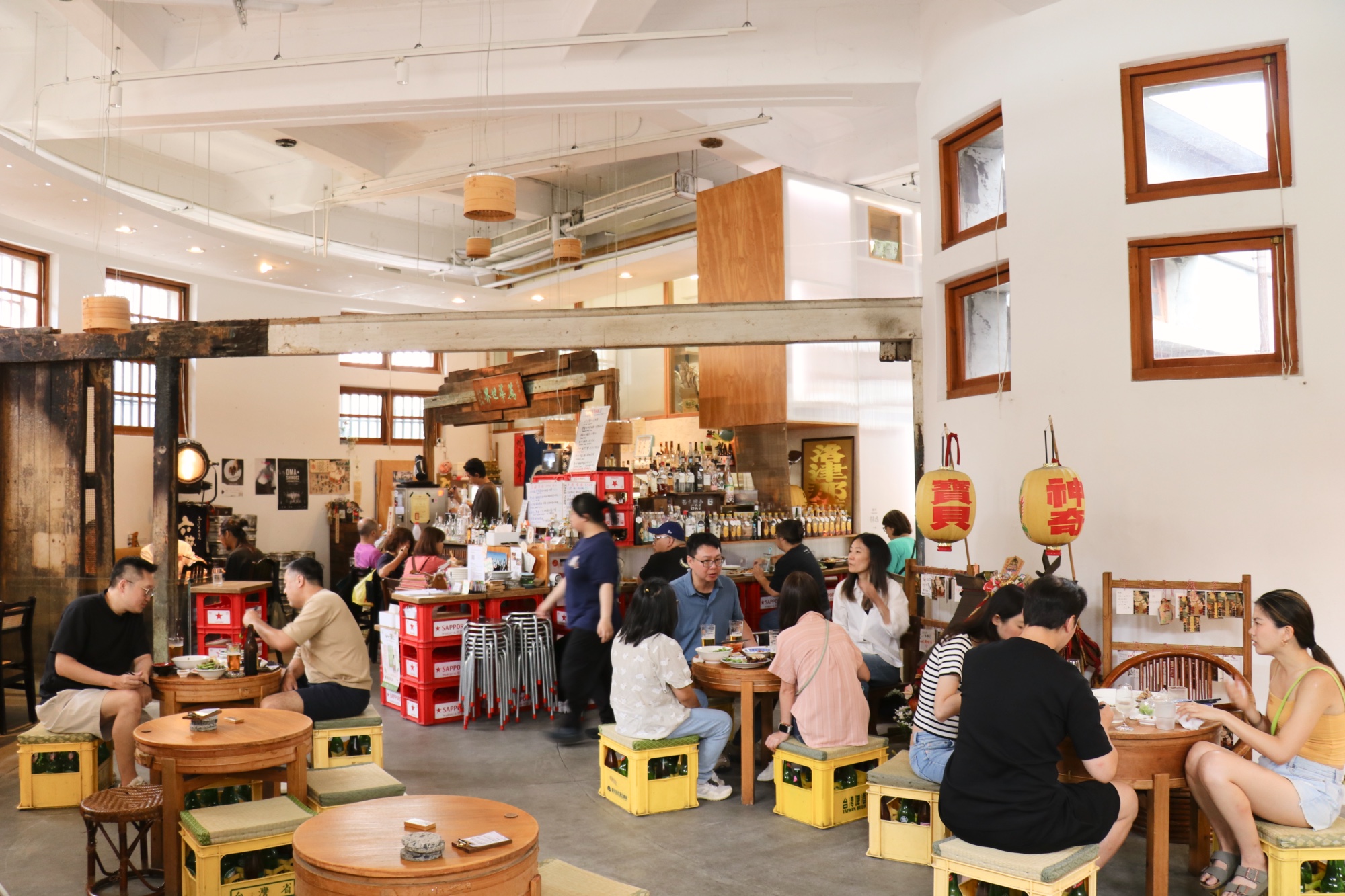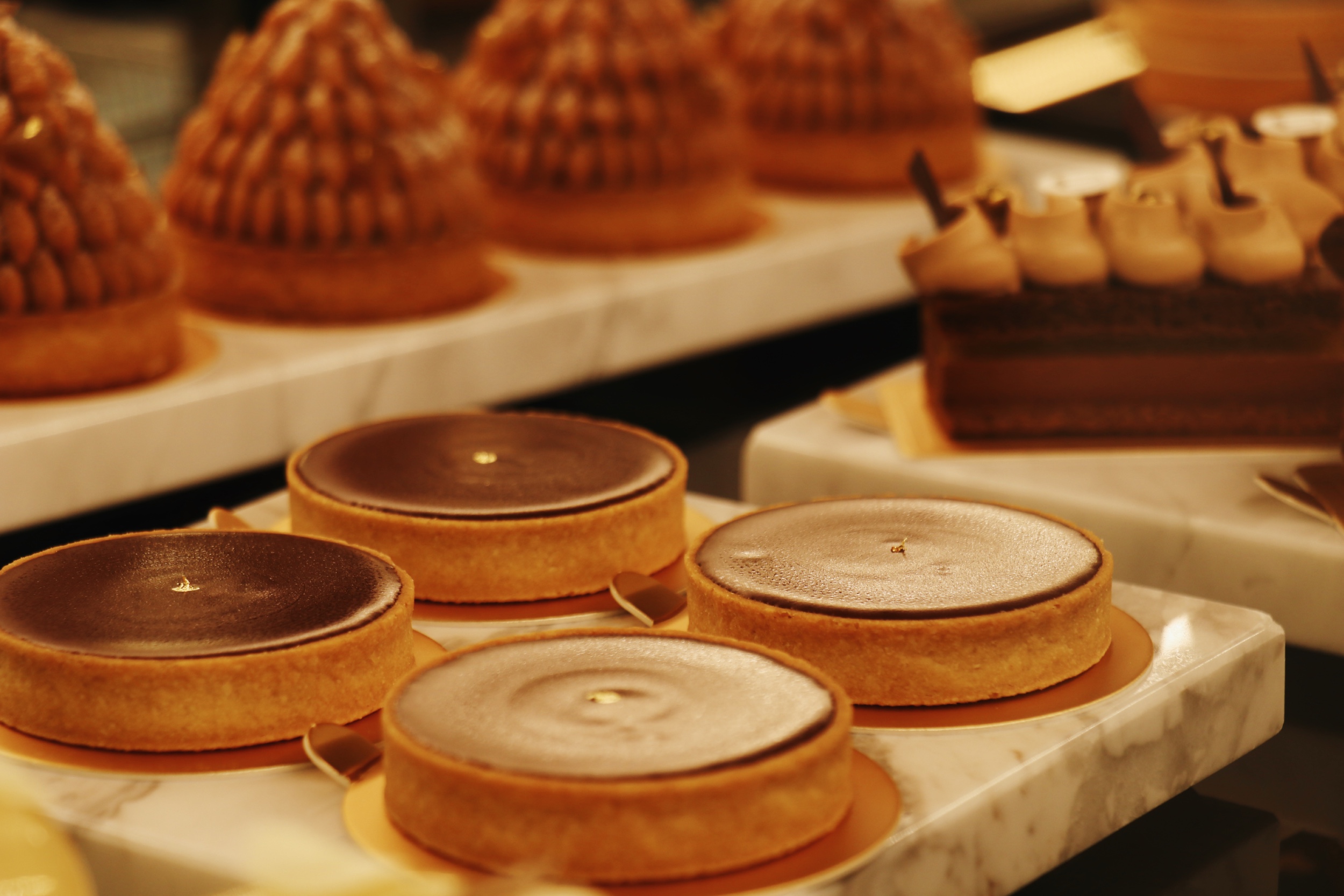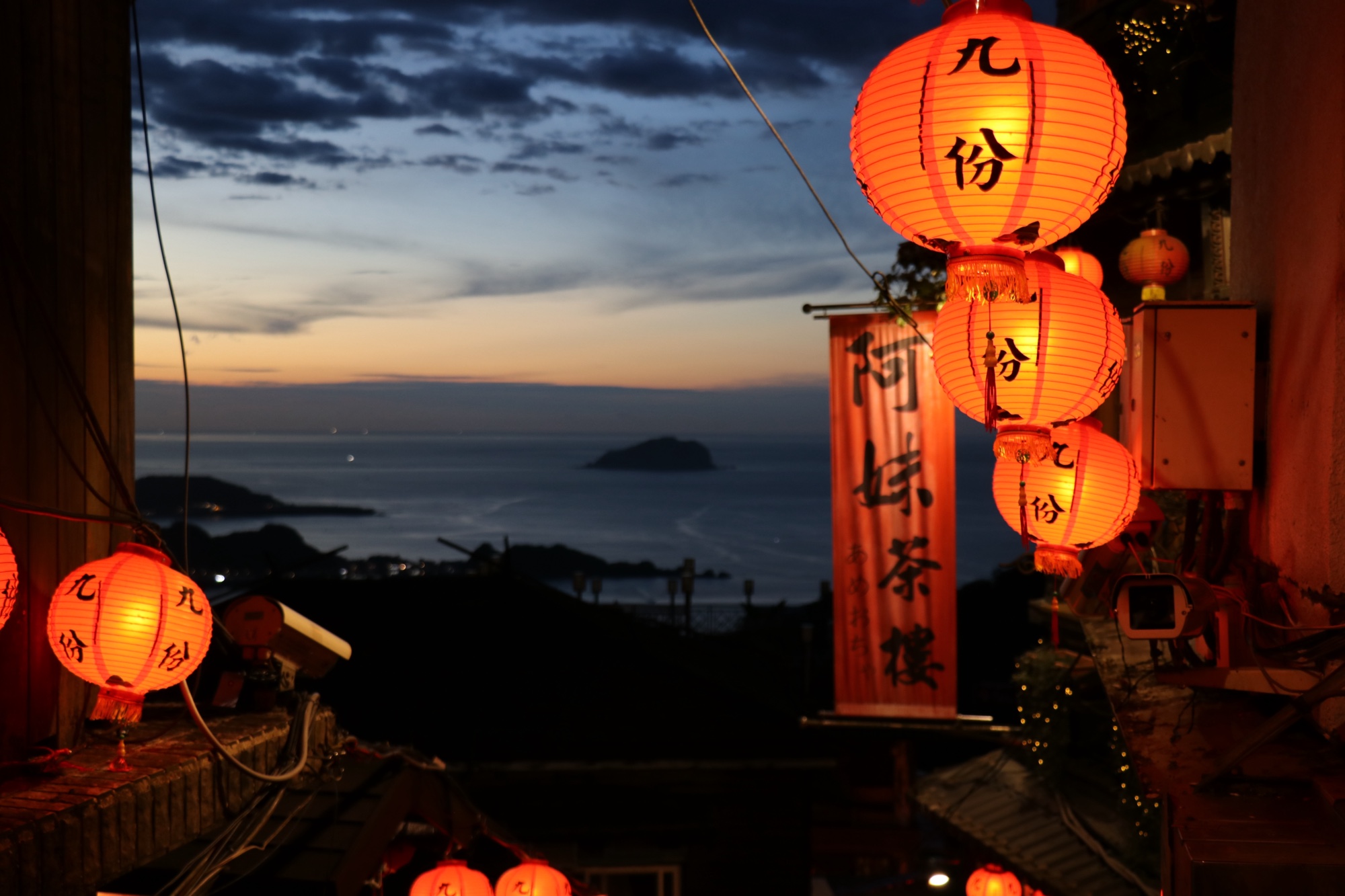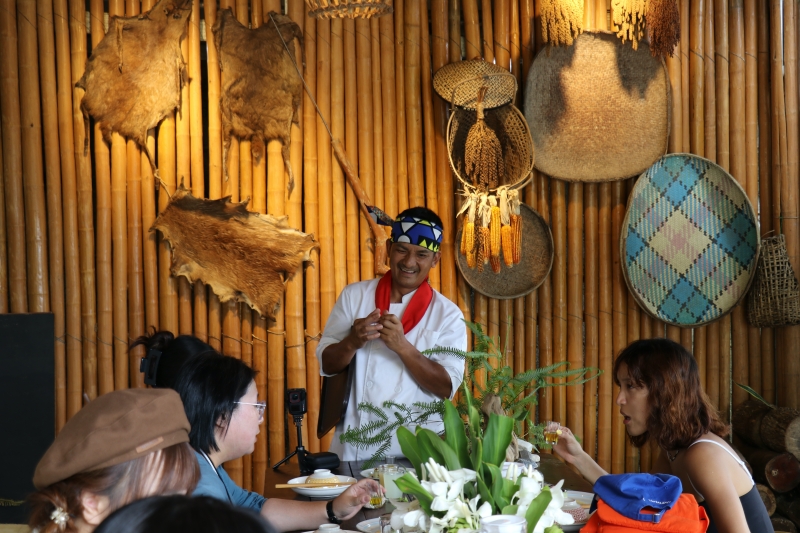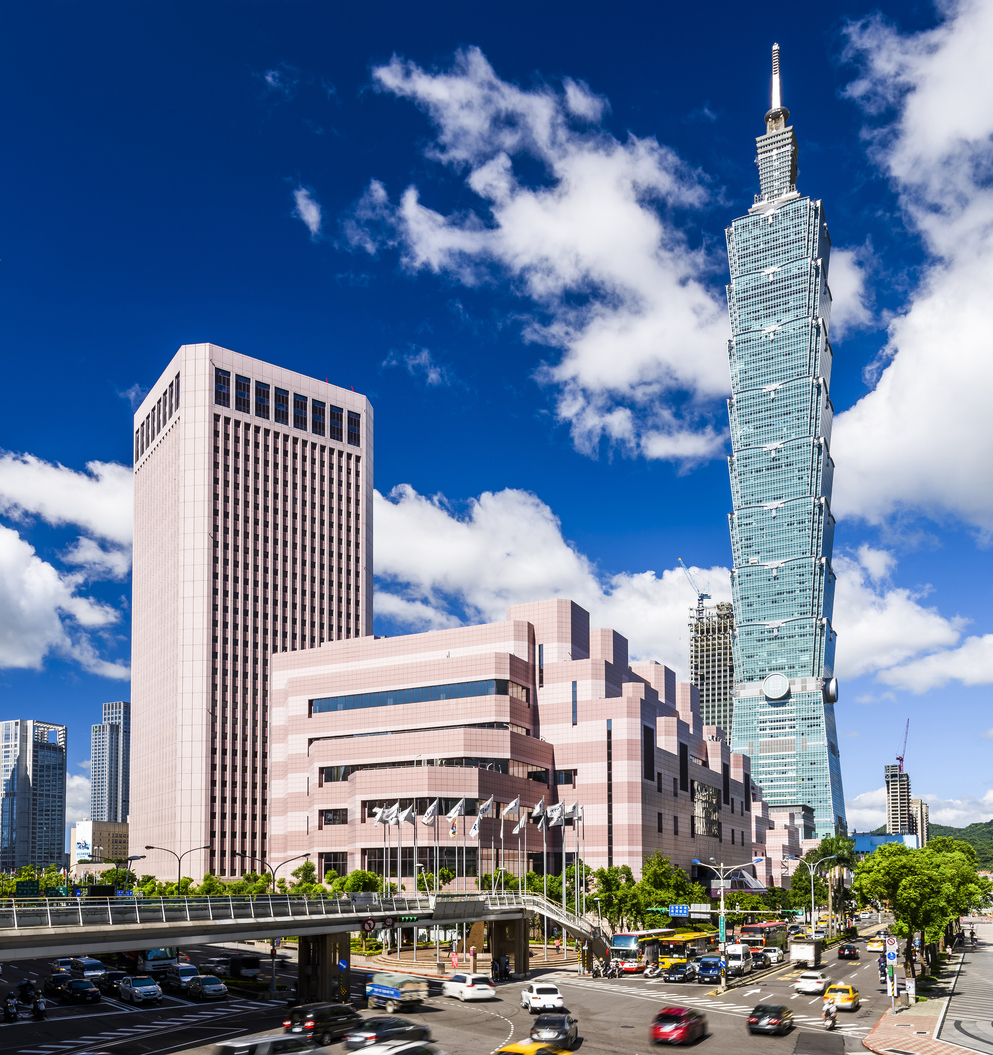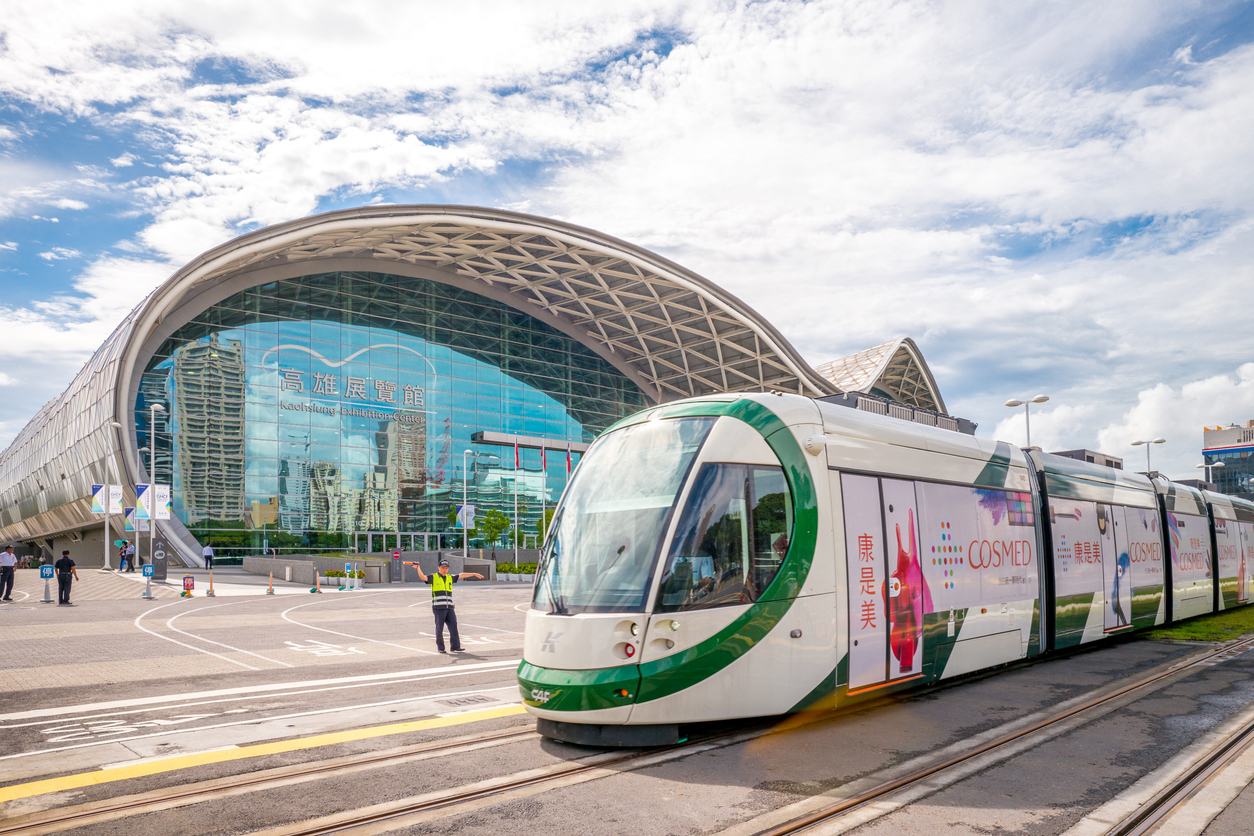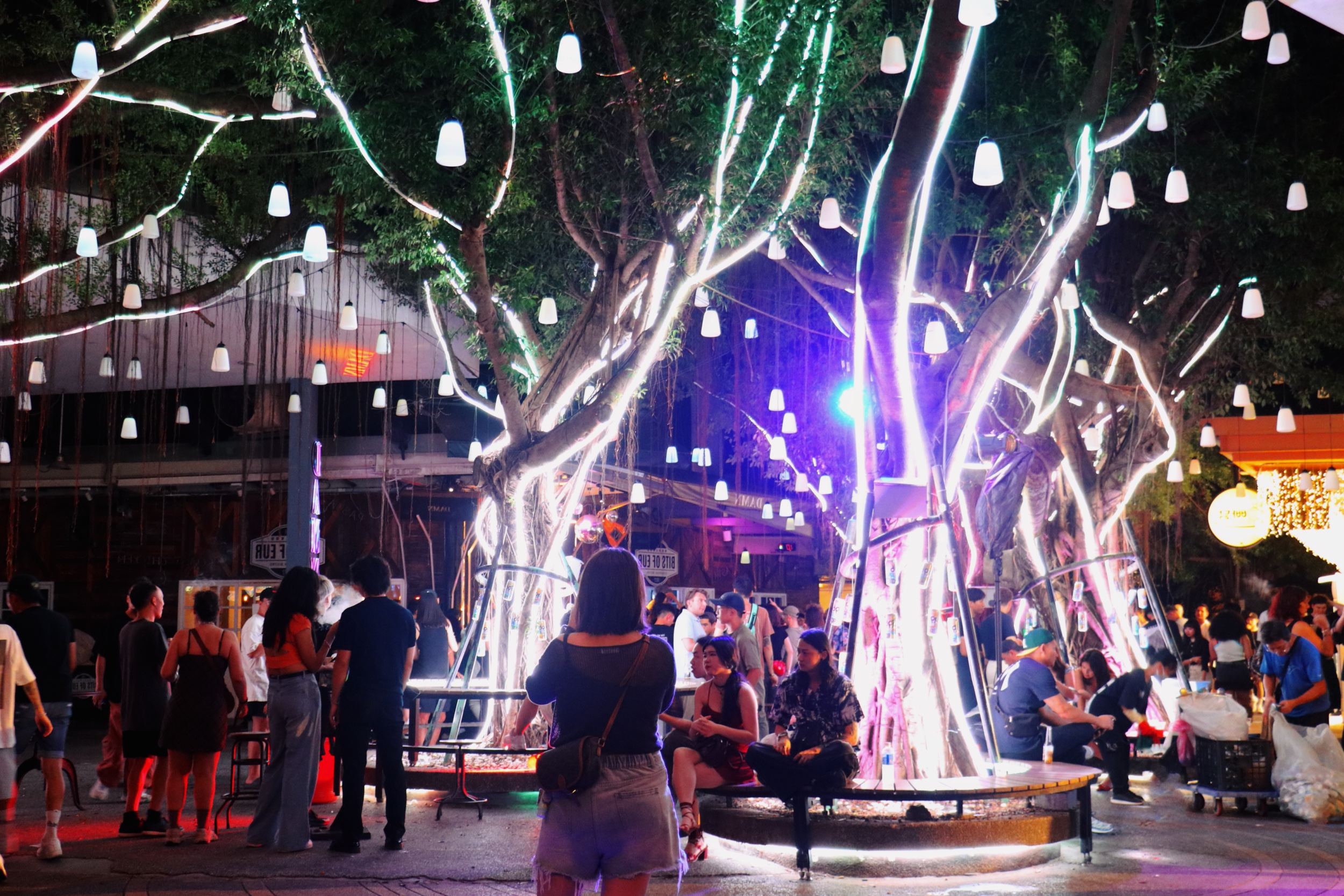Author Levarcy Chen
Photos Levarcy Chen, My Taiwan Tour
Editor Julien Huang
Longshan Temple (龍山寺) Visit & Its Historical Significance
Your journey through Wanhua begins at its spiritual heart—Longshan Temple (龍山寺), established in 1738. This ornate Buddhist and Taoist temple isn’t just a place of worship; it’s the cultural anchor that has witnessed nearly three centuries of Taipei’s transformation. As incense spirals upward and devotees pray for prosperity and protection, you’re standing at the epicenter of what was once called Monga (艋舺), derived from the indigenous Ketagalan word for “small boat”—a reference to the canoes that brought indigenous traders to exchange goods with Han Chinese settlers.
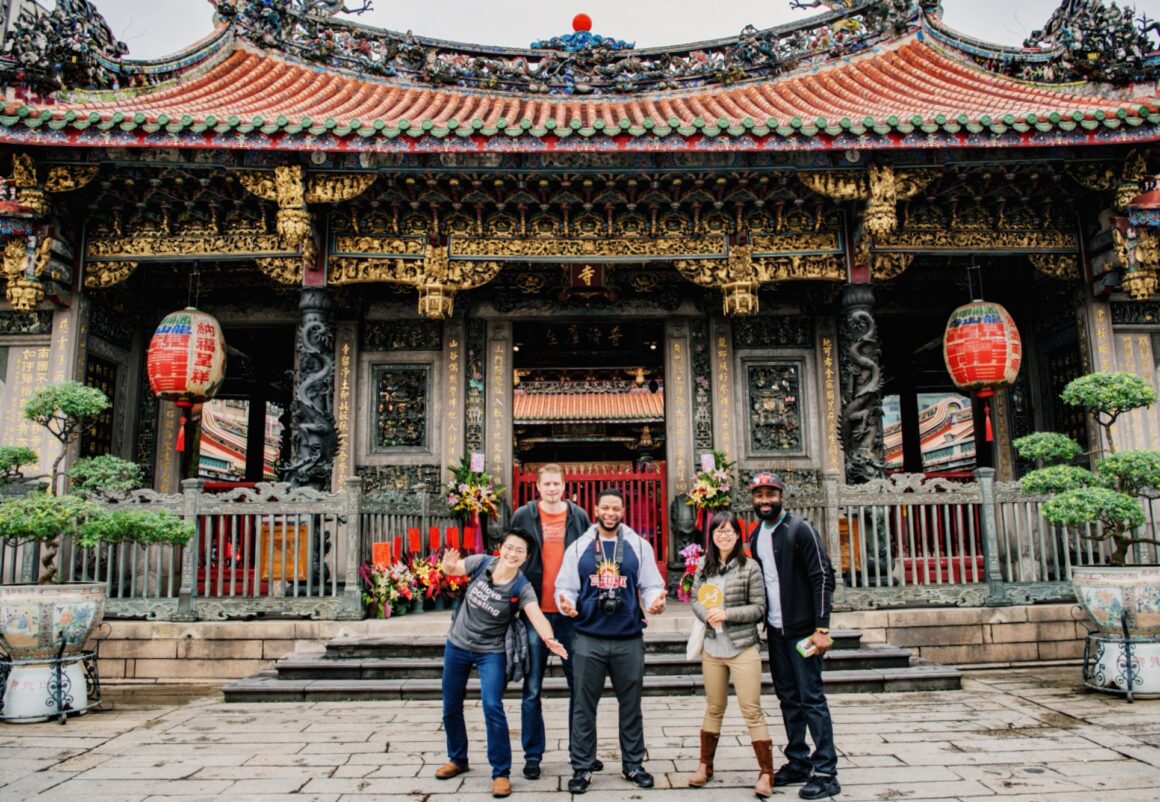
The temple’s intricate dragon carvings, gilded columns, and perpetual hum of prayers tell the story of Taiwan’s religious syncretism and the resilience of a community that has weathered everything from natural disasters to urban modernization. But while Longshan Temple draws millions of visitors annually, the true soul of Wanhua lies in its surrounding streets, markets, and hidden corners that most tourists never discover.
Meet Your Guide: Kevin Shih, Your Storyteller of the Streets
To truly understand Wanhua’s layered history, you need someone who has walked these streets since childhood. Enter Kevin Shih from 沐育文化 (Muyuing), whose passion for his neighborhood runs deeper than most tour guides. Since fourth grade, Kevin has been volunteering as a local guide, building an intimate connection with every alley and historical building in the area.
After working elsewhere for several years, Kevin noticed how his homeland seemed frozen in time while other districts advanced rapidly. This observation sparked his decision to return home and dedicate himself to revitalizing Wanhua’s rich cultural heritage. Kevin’s storytelling transforms weathered facades into windows to the past, revealing how this “countryside within Taipei” preserves authentic Taiwanese culture that has been diluted elsewhere in the city.
Through Kevin’s eyes, you’ll discover that Wanhua (literally meaning “myriad prosperity” in Japanese colonial terminology) encompasses much more than most people realize. The modern Wanhua District actually comprises three distinct areas: North Wanhua (Ximending), Central Wanhua (the original Monga), and South Wanhua (formerly Shuangyuan District, known locally as “Jiala”—meaning “fertile land” in the indigenous language).
World Afternoon Bar (世界下午酒場):A Cozy Morning Bar in a Historical Market Corner
Nestled within the historic Xin Fu Market, World Afternoon Bar (世界下午酒場) represents Wanhua’s innovative approach to preserving tradition while embracing modernity. This stylishly intimate bar serves as the perfect transition from temple solemnity to neighborhood conviviality, offering both alcoholic and non-alcoholic beverages in a setting that feels more like a friend’s living room than a commercial establishment.
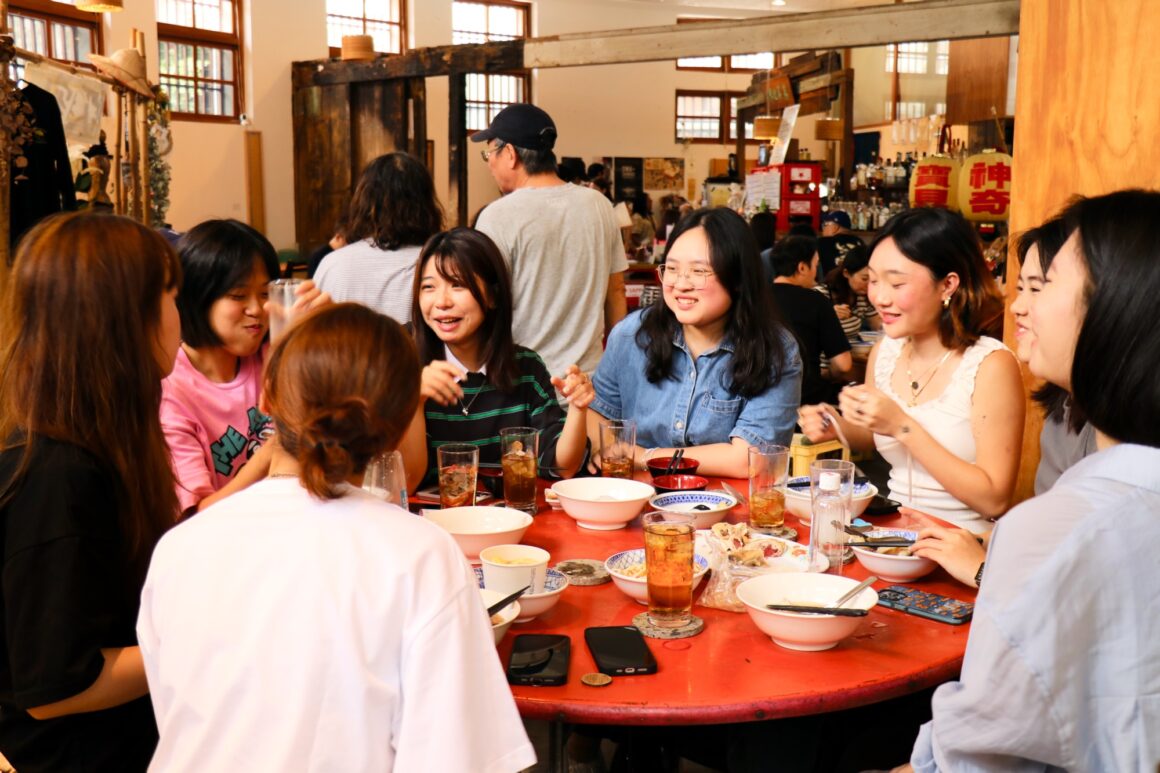
What makes this bar truly special is its symbiotic relationship with the adjacent Dongsanshui Market (東三水市場), the biggest traditional morning market since 1935. Rather than serving food directly, the bar provides adorable reusable plates and bowls, encouraging patrons to step next door into Dongsanshui Market to purchase fresh dishes from various vendors and bring them back to enjoy with their drinks. This sustainable approach eliminates food packaging waste while creating a unique dining experience that benefits both the bar and neighboring market vendors.
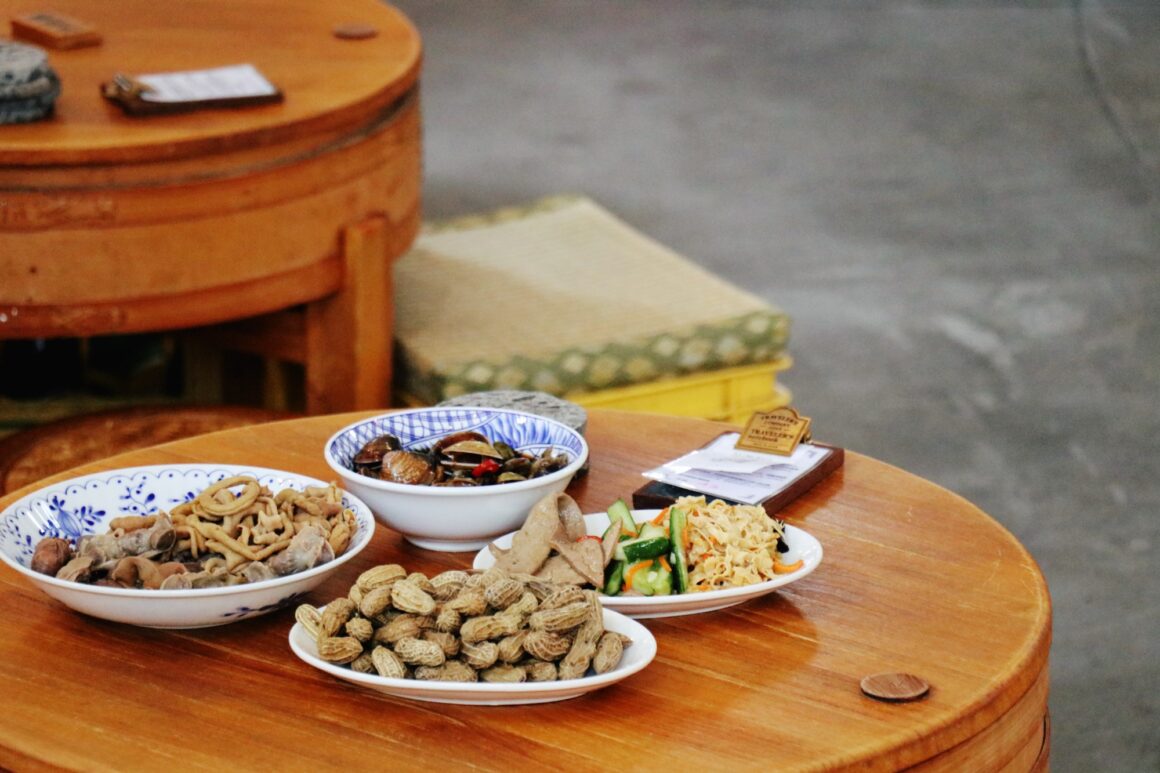
This codependent model reflects Wanhua’s community spirit—businesses supporting each other rather than competing, creating stronger relationships that have sustained the neighborhood for generations. As you sip your drink surrounded by market sounds and aromas, you’re participating in a modern interpretation of the same cooperative spirit that built Monga centuries ago.
Dongsanshui Market & Breakfast Favorites Around the Area
Just next to Xin Fu Market, Dongsanshui Market pulses with the rhythm of daily life that has remained unchanged for decades. Unlike the sanitized food courts found in modern Taipei, this market maintains its authentic character while welcoming curious visitors with genuine warmth. The market has embraced modernity by accepting QR code payments alongside cash, demonstrating its commitment to evolution without losing its soul.
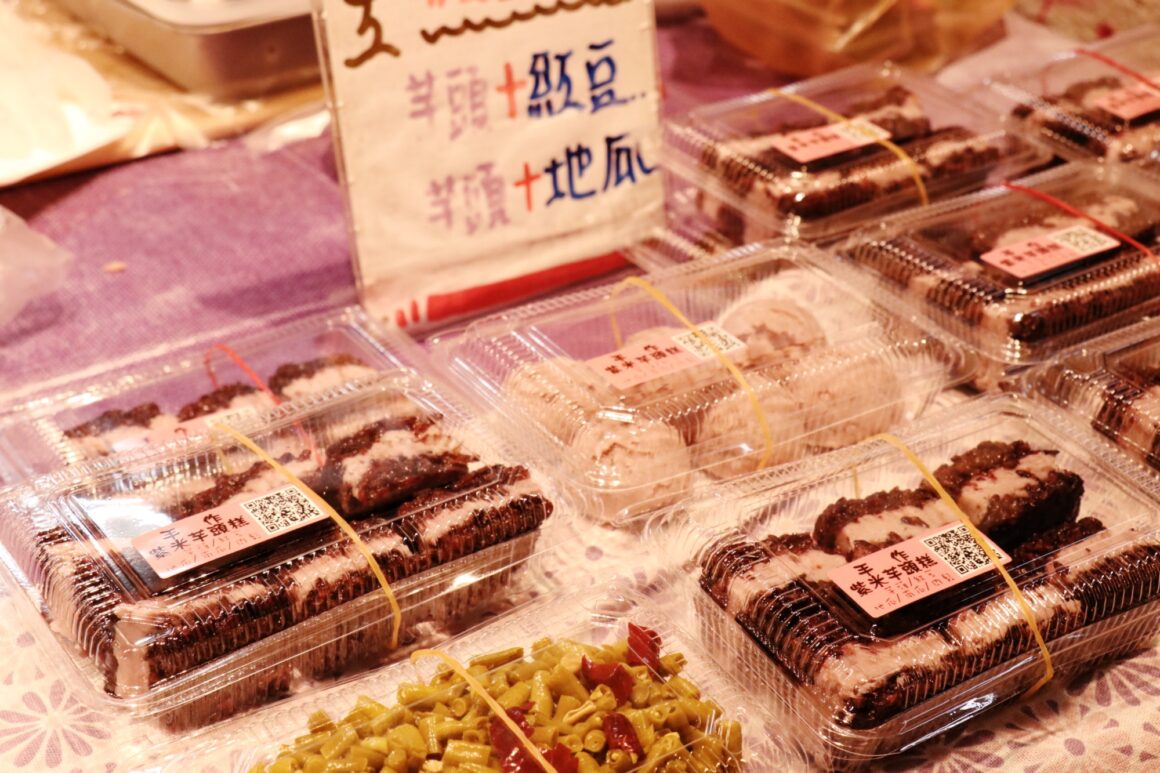
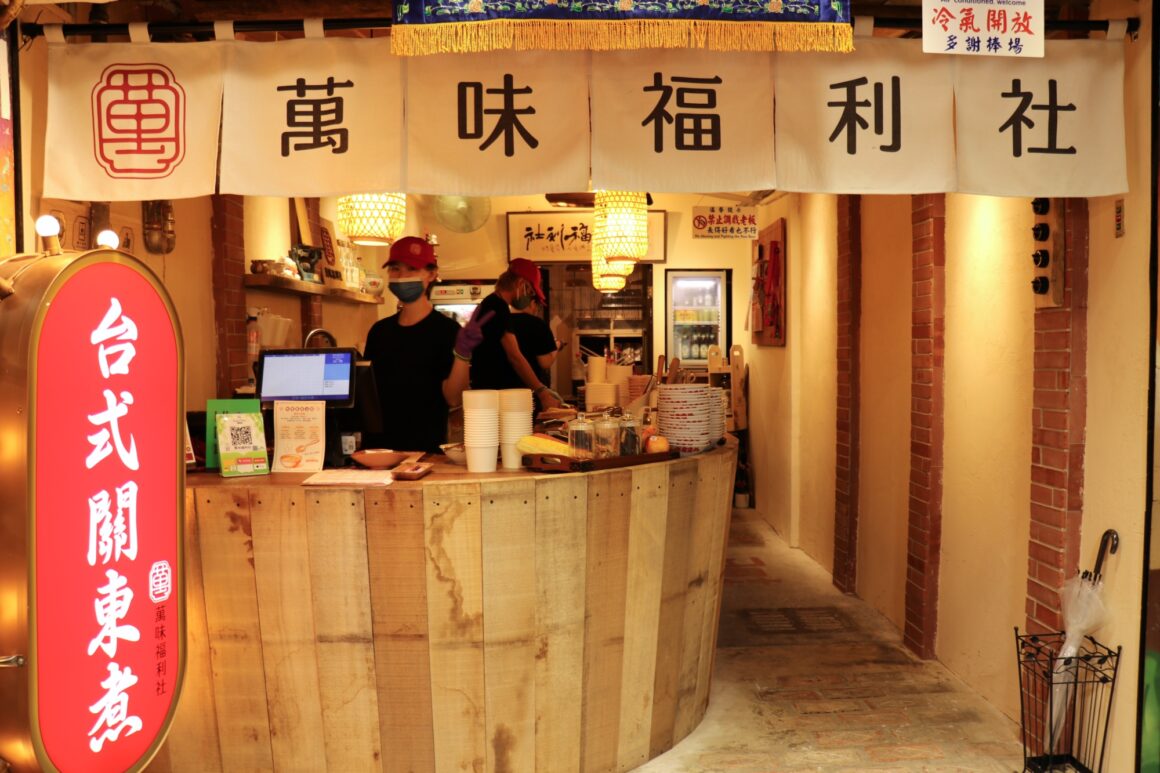
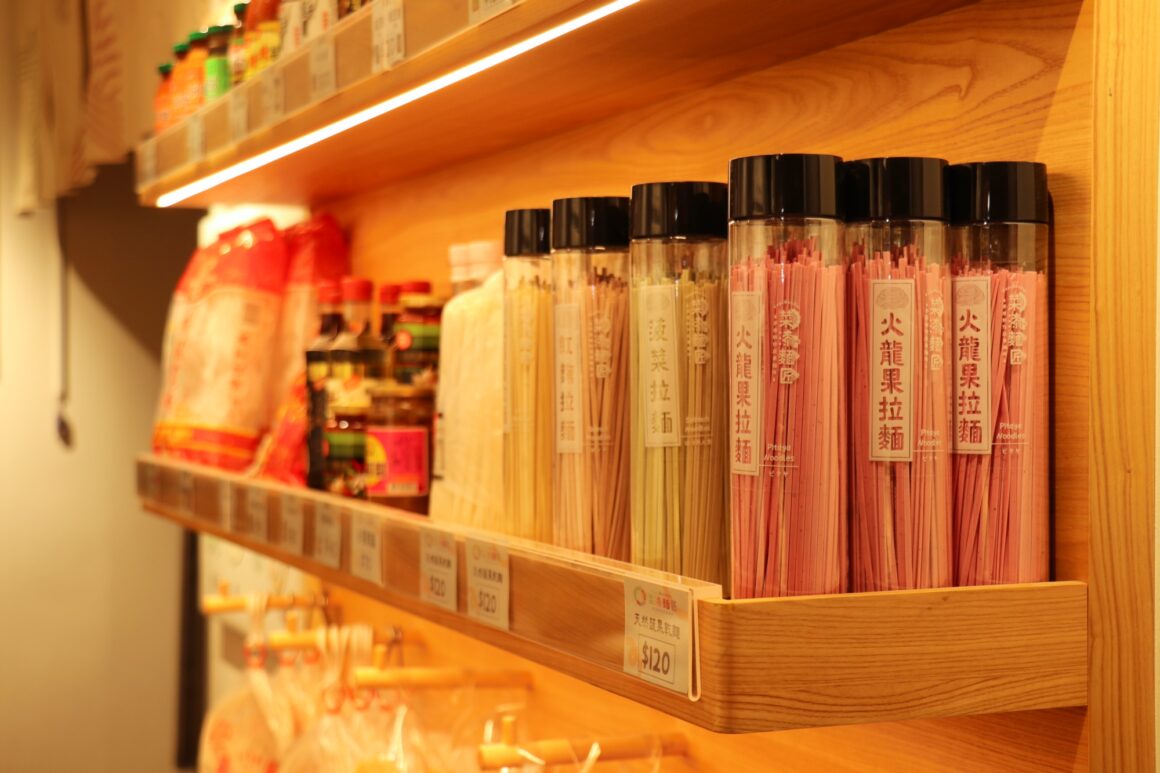
Kevin recommends these must-try delicacies that represent the true flavors of local Wanhua:
- 阿婆油飯 (Grandma’s Oil Rice) – Sticky rice infused with soy sauce, mushrooms, and tender pork, representing comfort food at its finest
- 台南辣 (Tainan Spicy) – Mama’s flavor appetizer that perfectly matches a glass of cold drinks. From veggies to cooked meat, flavored from sour to spicy
- 竹圍土雞 (Bamboo Fence Native Chicken) – Free-range chicken prepared with traditional techniques from over thirty years of experience
- 周記肉粥店-紅燒肉 (Zhou’s Meat Porridge Shop – Braised Pork) – Soul-warming congee with melt-in-your-mouth braised pork, with just the right amount of crispy blends with tender soft meat
- 金好吃純正花枝羹 (Jin Hao Chi Pure Squid Soup) – Fresh squid, captured and sent straight from the harbor in savory broth that has satisfied locals for generations
- 萬味福利社 (Taiwanese Oden) – Local interpretation of Japanese comfort food, adapted to Taiwanese tastes
- 艋舺大豐魚丸店 (Monga Dafeng Fish Ball Shop) – Handmade deep-fried fish balls that bounce with freshness
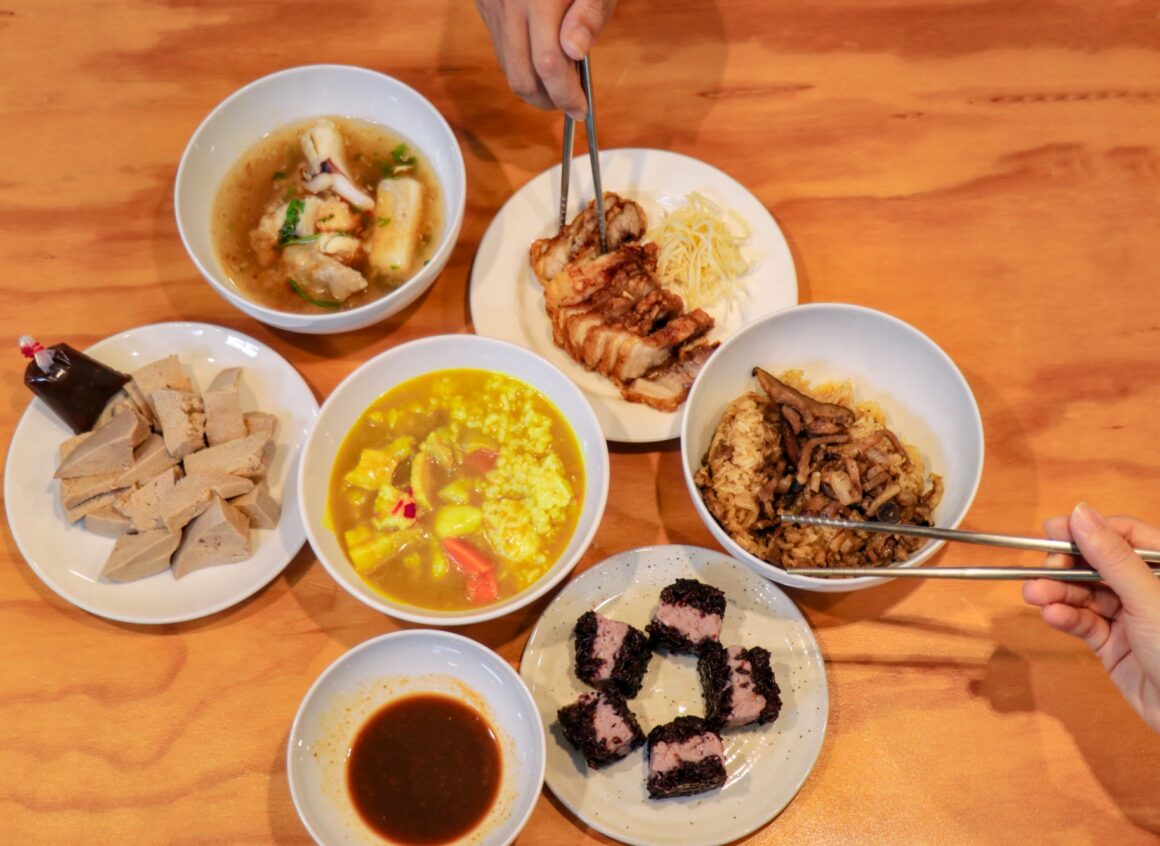
Left middle: braised pork liver | Traditional Taiwanese Curry | Glutineous rice from Grandma’s Oil Rice
Right bottom corner: Purple rice taro cake from Tainan Spicy
Xin Fu Market (新富町文化市場): A Historic Structure, Reimagined
Now speaking of the dining environment in World Afternoon Bar, one must mention the remarkable story behind Xin Fu Market itself. The very building that houses this cozy afternoon bar is an architectural marvel and a testament to forward-thinking urban planning. Originally constructed during the Japanese colonial period to address public health concerns about street vendors, Xin Fu Market was Taipei’s first modern market, incorporating revolutionary concepts like separate areas for different food types, proper sewage systems, natural lighting, and ventilation.
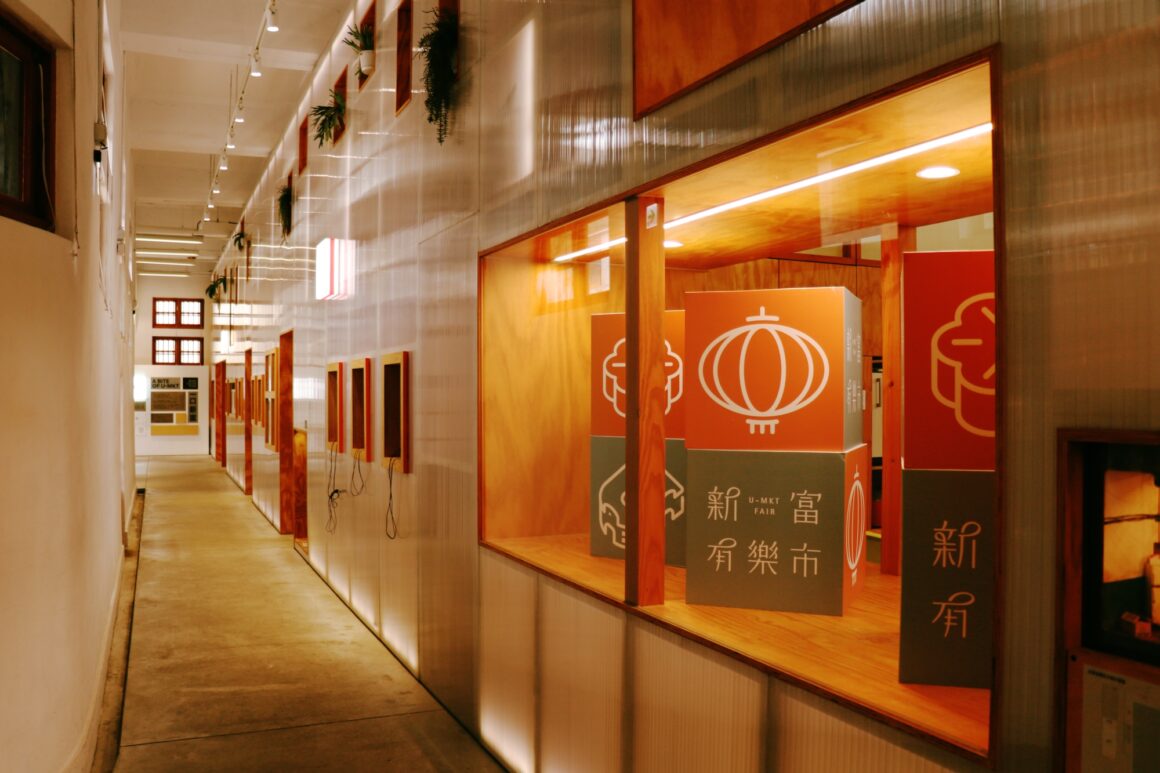
The building’s distinctive U-shaped design wasn’t merely aesthetic—it represented a bold departure from traditional rectangular market layouts, symbolizing modernity and progress. Today, thanks to thoughtful revitalization efforts by the JUT Foundation (忠泰建設文化基金會), this historic structure has found new life as a cultural space featuring rotating exhibitions, creative markets, and specialty shops.

What makes Xin Fu Market’s transformation particularly remarkable is how the JUT Foundation overcame initial resistance from local residents. Through community engagement programs, vendor story documentation projects, and initiatives that helped traditional merchants develop their brands, the foundation earned the trust and support of the neighborhood. This collaborative approach created one of Taiwan’s few successful examples of corporate cultural investment that genuinely benefits the local community.
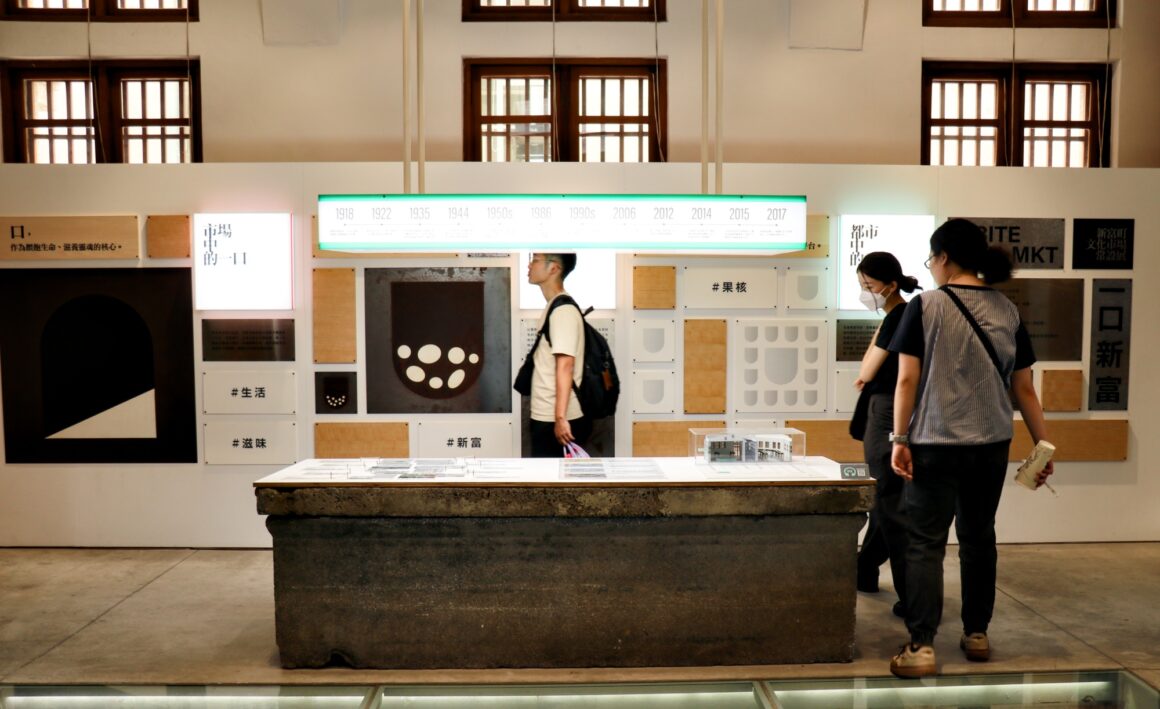
Don’t Miss Out: Taipei’s Oldest Street — Guiyang Street (貴陽街)
A ten-minute walk from Longshan Temple brings you to Guiyang Street, which holds the distinction of being Taipei’s very first commercial street. For over 300 years, this street has served as the main artery connecting the river port to inland Taipei, walked by indigenous traders, Han Chinese merchants, Japanese administrators, and modern-day locals seeking authentic experiences.
Unlike the tourist-oriented shops around Longshan Temple, Guiyang Street represents where old Monga residents actually live and shop. The street houses two of Wanhua’s four major temples—Qingshan Temple (青山宮) and Qingshui Temple (清水巖)—and serves as the route for Taipei’s largest annual religious procession, the Qingshan King Festival.
Essential stops along Guiyang Street include:
- 福大同茶莊 (Fu Da Tong Tea Retailer) – Wanhua’s oldest tea retailer since 1895, preserving Taiwan’s tea heritage through generations of expertise and traditional preparation methods, as well as fine pu-er tea selection
- 老濟安青草茶 (Lao Ji An Herbal Tea) – Offering cooling herbal drinks from time-honored recipes that have provided relief from Taipei’s humid summers for over a century
- Tree.DA² drinks – A heartwarming mother-and-son tea shop where each cup features handwritten words in different languages, surprising visitors with warm messages that embody Taiwan’s genuine hospitality
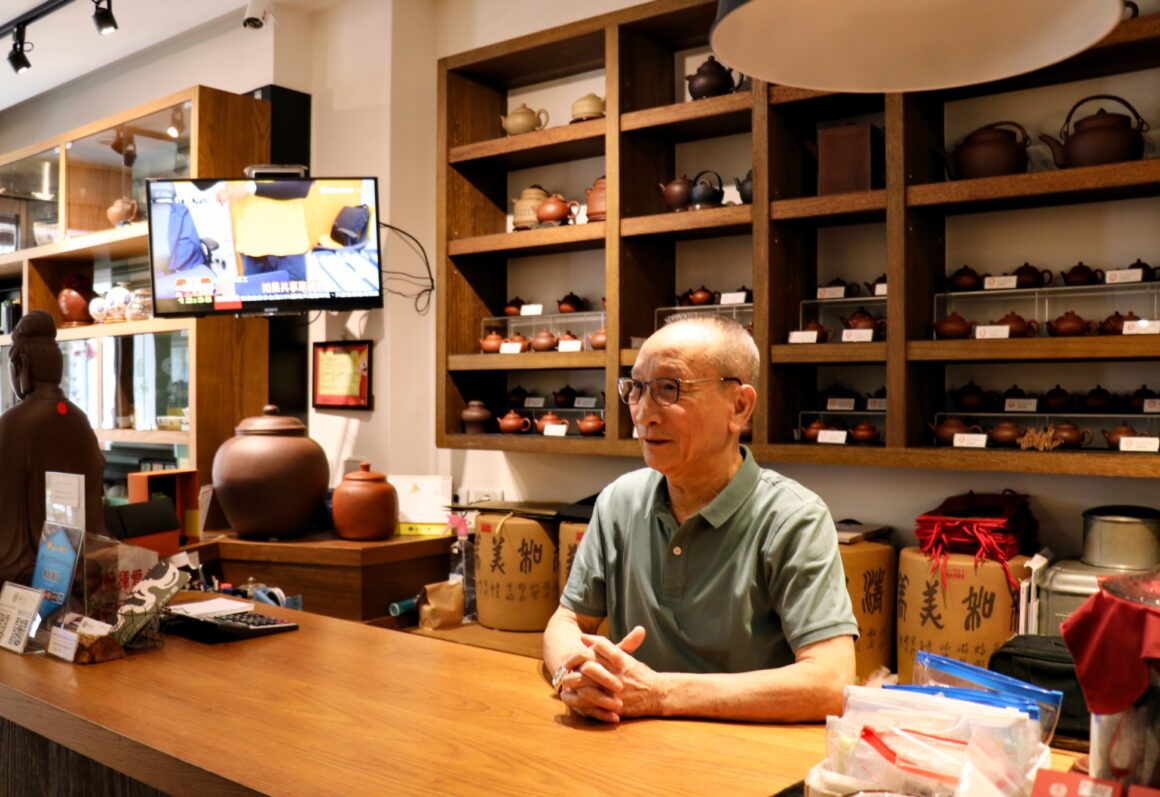
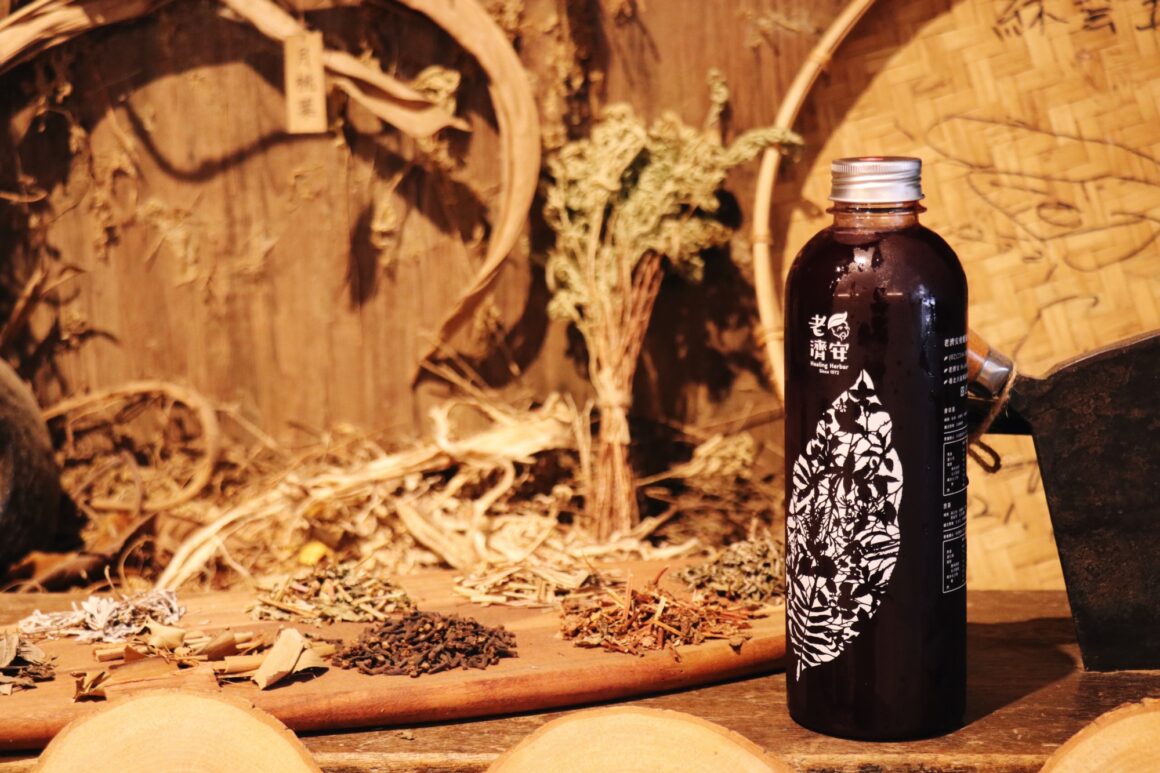
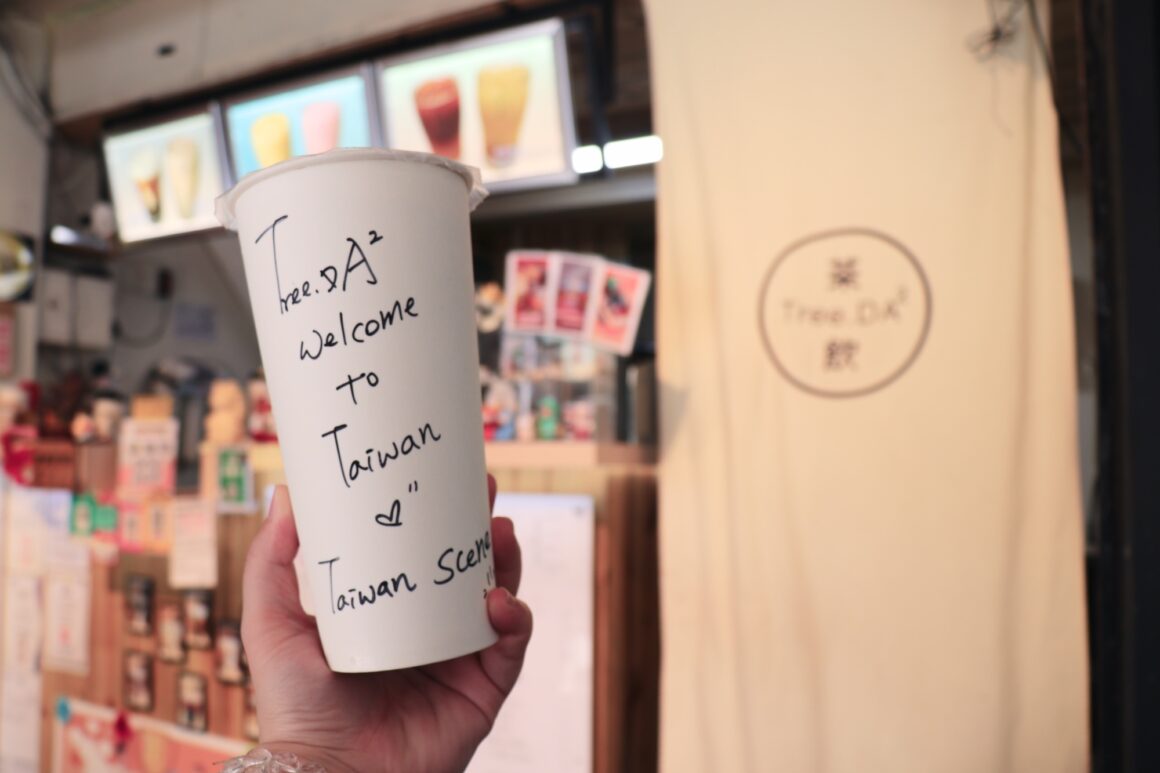
The concentration of century-old establishments along this single street is remarkable even by Taiwanese standards. Many shops represent continuous family operations spanning three to four generations, their weathered signboards and traditional storefronts serving as living museums of commercial heritage.
Don’t Miss Out Either: Bopiliao Historical Block (剝皮寮歷史街區)
Your journey through Wanhua’s layers of history concludes at Bopiliao Historical Block, Taipei’s only completely preserved Qing Dynasty and Japanese colonial era streetscape. Unlike other areas where modern development has obscured historical architecture, Bopiliao was intentionally preserved as a museum district, offering visitors an unfiltered glimpse into early Taiwanese urban life.
The red brick lanes, traditional wooden signboards, and detailed exhibitions transport you back to an era when ox carts navigated these same paths and merchants hawked their wares from wooden stalls. Each restored building tells part of the story of how ordinary Taiwanese families lived, worked, and prospered in this bustling commercial district.
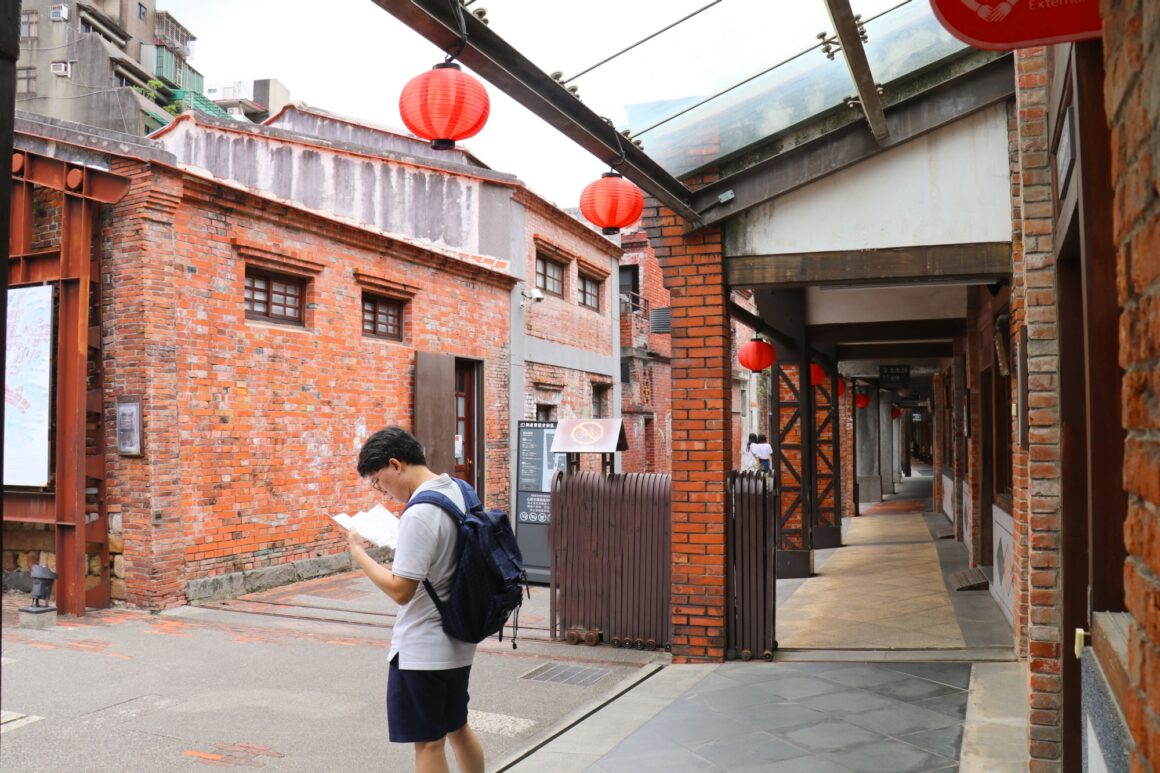
While Bopiliao functions primarily as a cultural heritage site rather than a living neighborhood, its meticulous preservation provides invaluable context for understanding the architectural and social evolution you’ve witnessed throughout your day in Wanhua. The juxtaposition of this frozen-in-time streetscape with the vibrant, evolving communities you’ve explored illustrates how Wanhua successfully balances heritage preservation with contemporary vitality.
As you walk these quiet lanes at the end of your day, you’ll understand why Kevin and other locals refer to Wanhua as Taiwan’s “first stop”—not because it’s the most convenient destination, but because it offers the most complete introduction to Taiwanese culture, history, and community spirit that you’ll find anywhere on the island.

